Description
This book provides an opportunity to learn how to make historic Viking replicas, including furniture, equipment, toys and accoutrements.
Updated and Revised in 2022
The Vikings originated in Scandinavia in countries now known as Norway, Denmark and Sweden. The Viking period covered from about the sack of Lindisfarne 793 CE to The Battle of Hastings 1066 CE. Viking were noted for being farmers, raiders, traders, slavers, mercenaries and explorers, using their advanced sailing, navigational skills and longships for exploring river systems and across the seas as part of military, mercantile and territorial expansion and settlement, and even for some serving in the Byzantine Emperor’s bodyguard called the Varangian Guard.
The geographical extent of the Viking travels included to the East – The Baltic, Kiev, Novgorod, Constantinople, along the river routes; and to the West – England, Ireland, Scotland, and various islands, Iceland, Greenland and Newfoundland (Canada).
Our knowledge of the Vikings is hampered because of the lack of recorded history, what we have got are rune stones, the writings of their enemies, the writings of the decedents in the 12th to the 14th century in the Sagas, linguistic and etymological studies, and the study of the artefacts from the Vikings themselves. Archaeological finds are being revisited and there are still more being made and all adding to our knowledge.
This volume contains a collection of knowledge amassed over 30+ years of trial and error in the pursuit of a better historical presentation. It sets out the why’s and wherefores, and highlights the traps and pitfalls for the unwary, so that you the reader can start or continue on the journey to a more accurate presentation for the purpose of living history, re-enactment, a display in a museum or just an interest of history. You will be making your own historic Viking replicas in no time.
This volume covers some of the basic information (from safety to the form and function of furniture, and chest fittings) and eight basic Viking projects:
- The Coppergate wooden mallet;
- The Lund stool;
- The Oseberg chest (no. 178);
- The Oseberg bed (no. 2);
- The Sala Hytta table;
- The Trondheim toy horse;
- The Gokstad candle holders;
- The Birka bag hanger.
This book assumes a basic level of experience with woodworking. As you complete the projects your skill will increase, however, safety is paramount. You should not use tools or equipment with which you have no experience or without the appropriate personal protective equipment. It is recommended that you obtain training from your local training institution or a more experienced worker of wood and metal. The subject of metalwork will be touched upon in more detail in regards to the manufacture, purchase and fitting of metalwork such as chest hinges, hasps and handles.
A definition of “Living History” is the pursuit by the current generation to understand those of the past by attempting to portray and carry out activities of the past without experiencing adverse outcomes. Those activities may involve the wearing of clothing (in some cases wearing armour as well) and the use of tools, equipment and weapons, which helps the participants to understand the past better and will hopefully prevent them from repeating the mistakes of the past.
Examples of historical sources range from:
- Extant remains (e.g. Oseberg and Gokstad ship burials);
- Stray finds (e.g. Hedeby chest);
- Illuminated manuscripts (e.g. Cantigas de Santa Mari´a);
- Wills, household accounts and other documents of the period;
- Written eye witness accounts or chronicles of the period;
- Tapestries (e.g. Bayeux Tapestry).
Some of the finds are not complete such as the chests from the Birka Cemetery (Grave number 639) [1], where only the metal fittings remain, from them you can work out the size and shape of the chest based on their position in the excavation. Often interpretation of the archaeology reports, drawings and photos is required and this will be covered later.
This volume will include the choice of materials and how to store them. The use of various joints and tools used will be covered separately when they appear in each project. So good luck, enjoy the journey, look back at what you have achieved and “Strive to be happy” with your own historic Viking Replicas.
[1] Arwidsson, Greta (ed.) (1989) Birka II:3 Systematische Analysen der Graberfunde. [Systematic Analysis of the Graves Findings].
Always in stock. “Printed On Demand” in Australia by Intertype

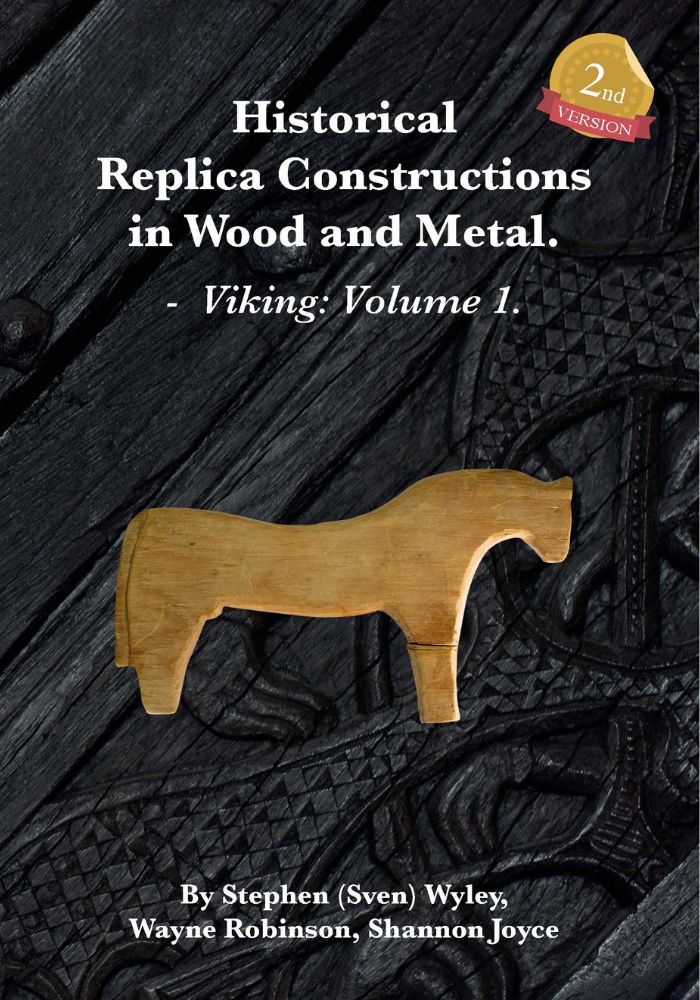










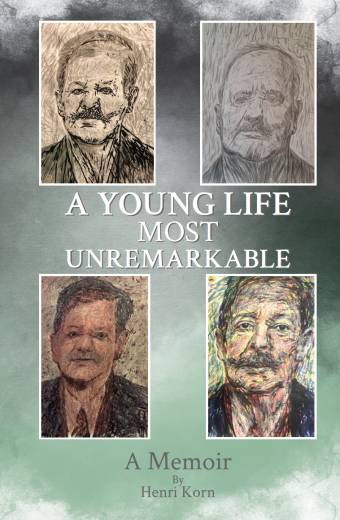

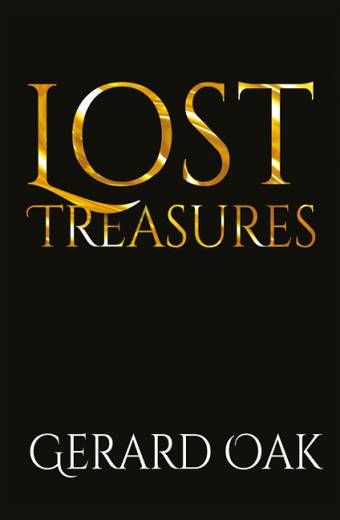
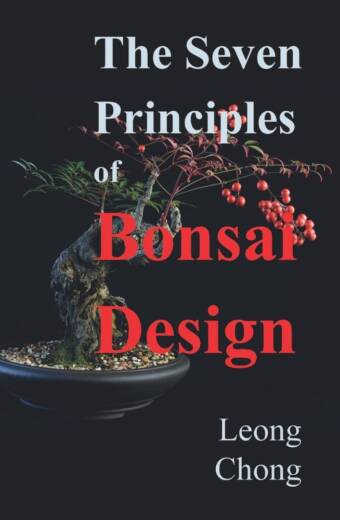


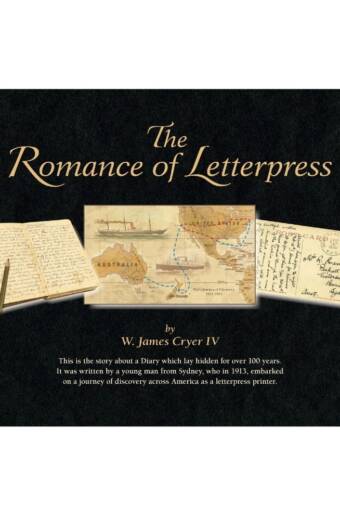
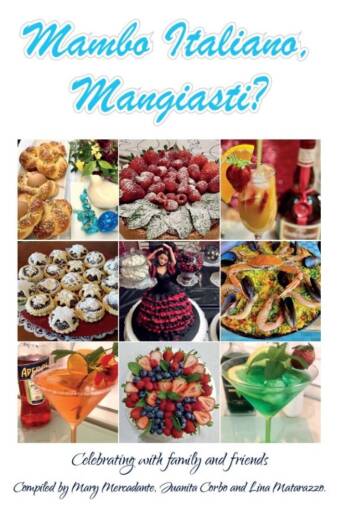

Steve Mijatovic (verified owner) –
An ideal book for a beginner re-enactor looking to craft some basic essentials for the hobby or learning the first important steps of how to properly research a project.
Those with more advanced crafting and research skills will get a bit less from it but the pattern resources alone justify the price.
In the introduction the author states that the book is written on the assumption that the reader has a basic experience of woodworking. Building on this he draws on his years of experience to guide you through artifact reconstruction in a simple step by step method.
This method works well for me as I like to feel supported throughout a project but not managed and it forces me to still think for myself unlike some crazed IKEA monkey.
Importantly, clear sources for the artifacts being recreated are given and I particularly enjoyed the section on how to gauge size of artifacts only found in pictorial evidence.
My only criticism is a personal one, I would have liked to see the projects in the book progress from easiest to hardest so that beginners could build up to more complex techniques.
Overall a great addition to the library especially suited to new reenactors.
Derek Rea (verified owner) –
A good read, providing the basics that you need in mind for the projects that follow. The second half of the book had me itching to be in a workshop to have a go. I’m looking forward to the next volume. I can’t do a better review than Steve Mijatovic above has done.
Svetovid Arkonsky –
Wonderful work by Sven Skildbiter, Shannon Joyce and Wayne Robinson that will be an absolute boon to your reenactment.
Superbly researched, these are great projects and come with clear and precise instructions!
This book provides an excellent opportunity to learn how their furniture, equipment and accoutrements were made, used and function.
Tom (verified owner) –
Easy to read and plenty of wisdom to absorb. Thank you Sven for motivating me to have a go at crafting.